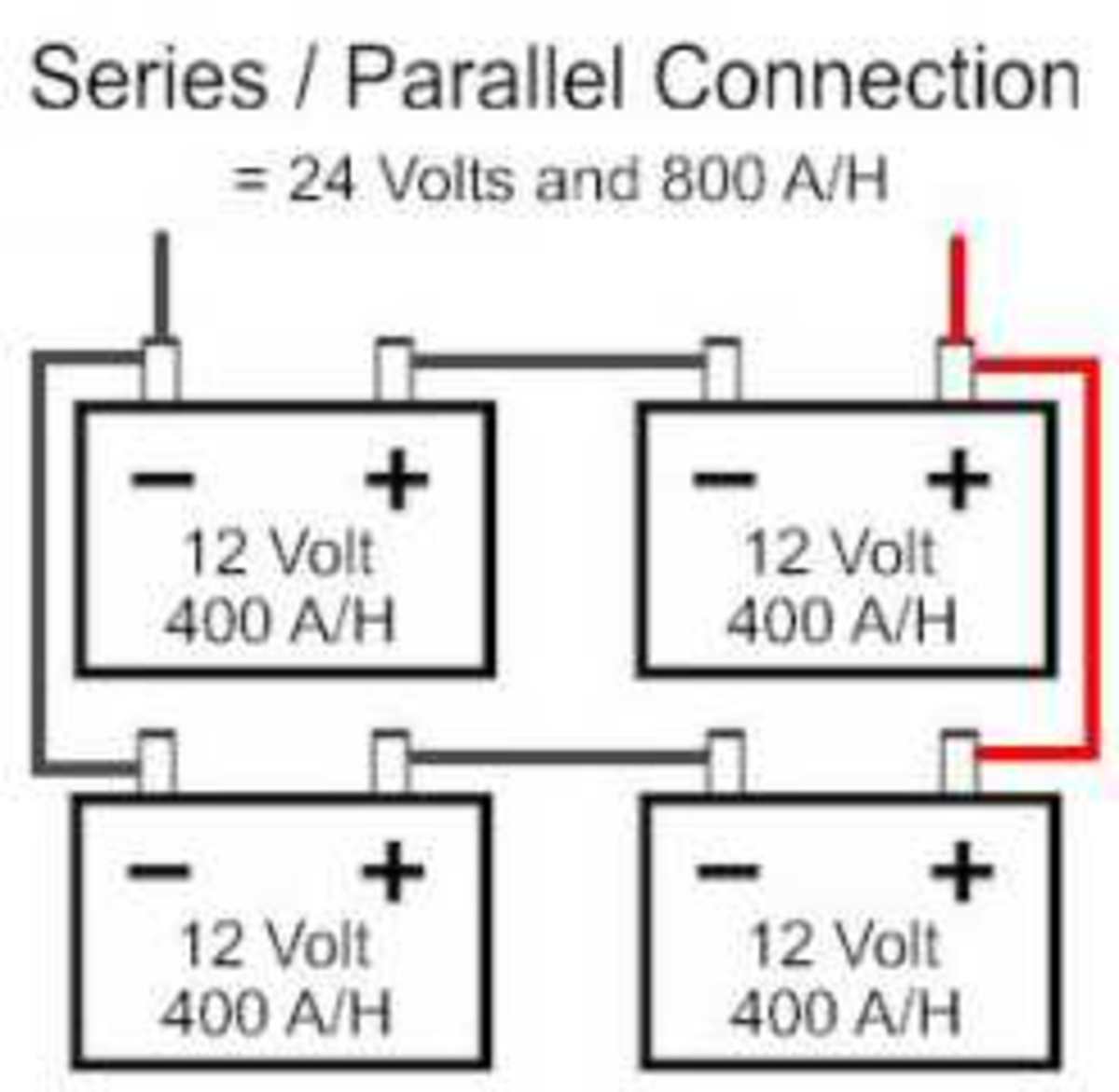
Your controller fails if the water supplying system haven't enough pressure to push that much water/second through all the pipes between you and the pump station. You can construct a controller which opens the faucet until the flow is 3 liters/second.

You turn the faucet to have some resistance and the flow is the resulted balance between the pressure and flow resistance. You have not a faucet which unavoidably takes say 3 liters/second. There are no such systems in use which try to push say 2 liters/second. The situation is same in water supplying systems. You should learn these if you try to calculate something about the electricity. The most basic laws which cannot be violated are Ohms law, Kirchoff's laws and the energy principle. It fails if there are too much leds or other resistance.
BATTERY STATUS IN SERIES CONNECTION DRIVER
The led driver succeeds if it has enough voltage for the number of the leds.
BATTERY STATUS IN SERIES CONNECTION DRIVERS
For example many led light drivers try to keep a constant current current through a led chain. We can construct control circuits which try to regulate the current, but they fail as soon as some basic laws of the electricity must be violated. The current is a result, the found balance between the voltage and resistances in the circuit. Electronics are not that tough, keep pushing them and eventually they just give up trying (it'll probably get pretty warm too).Ī battery has no such ability as push certain current through a load regardless what a load wants and loads generally have no such ability as suck a certain current regardless what a battery offers. So if you try and pull lots of current from a small battery, you might find that its output voltage drops right down and keeps dropping until either the load turns off or it stops trying to draw full current. Small things generally have more, big currents and high resistances turn into big voltage drops (and lots of internal heating). The problems start when heavy loads are connected to light-duty sources, just like how I'll struggle to lift an 80kg railway sleeper, small power supplies will struggle to maintain their designed output voltage under heavy load.Įverything that isn't superconducting has resistance, everything. All normal batteries along with almost all power supplies you will normally encounter (except for LED drivers) try only to keep their output at a constant voltage (even if you're drawing 0A, although some ancient PC power supplies go a bit funny with no load). If the load wants 16.73 micro amps, that's what it will get, if it wants 500mA, that's what it will get. This is true for any voltage source not just batteries ( current sources will try and push a set current through a circuit but voltage sources will just sit there and do as they're told). The battery will try and give the load whatever it asks for not the other way round.

Does the battery determine the amount of current flowing in the circuit?


 0 kommentar(er)
0 kommentar(er)
